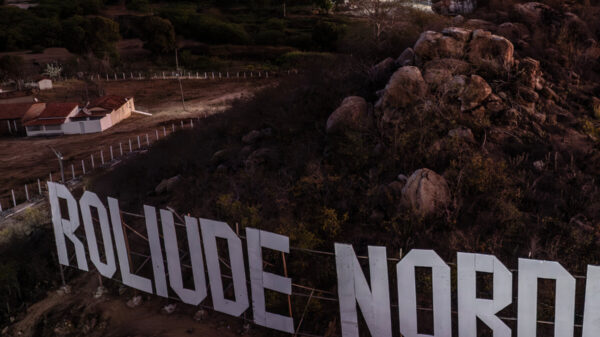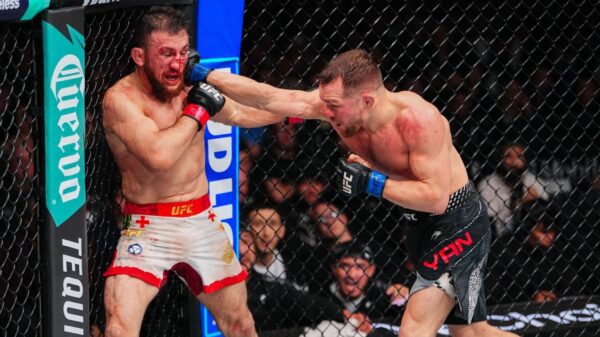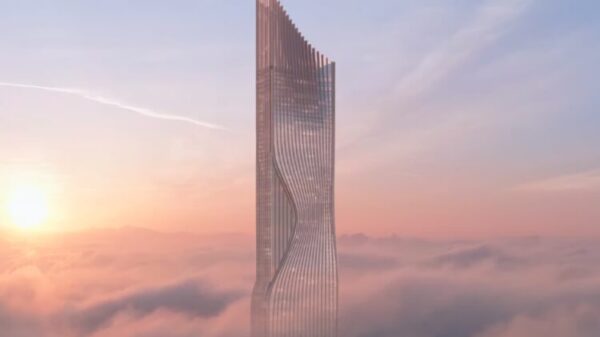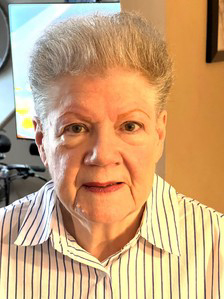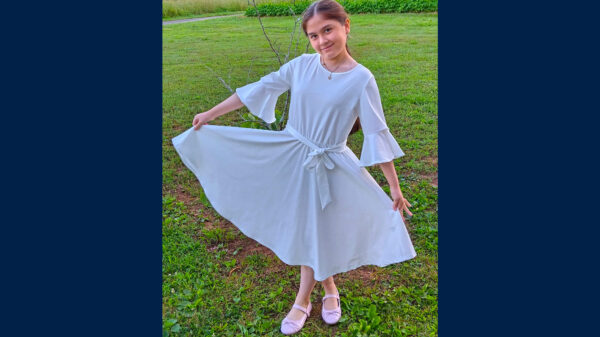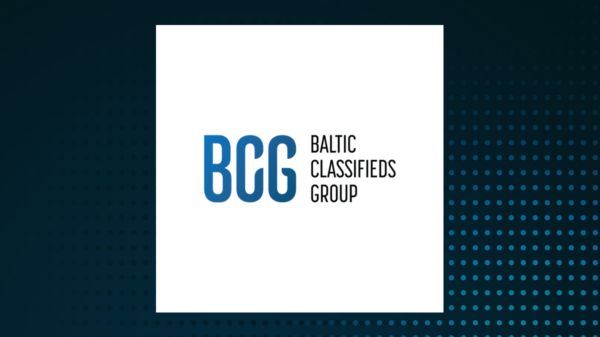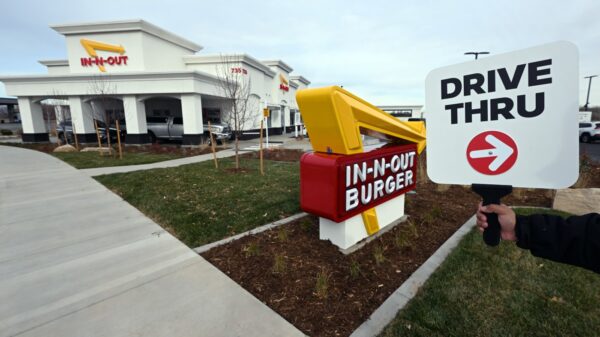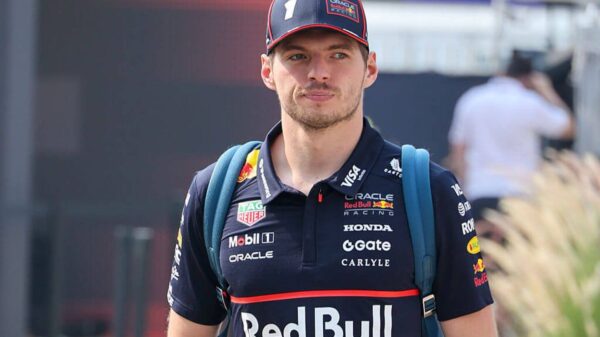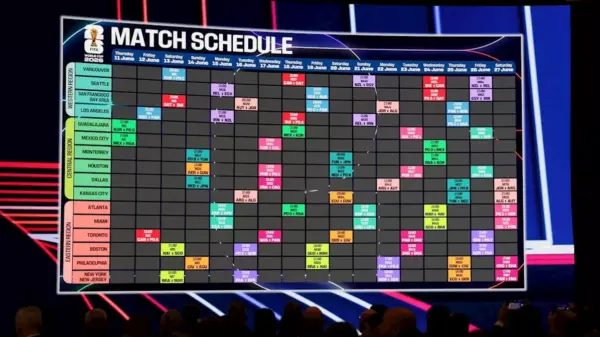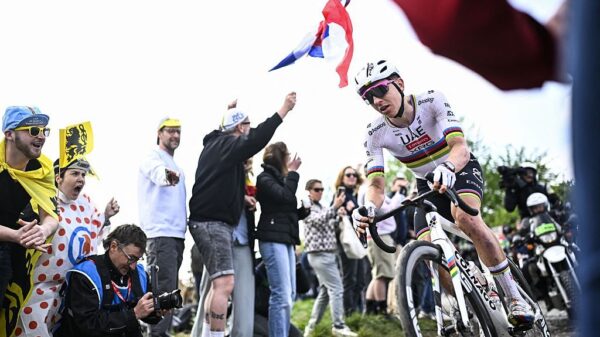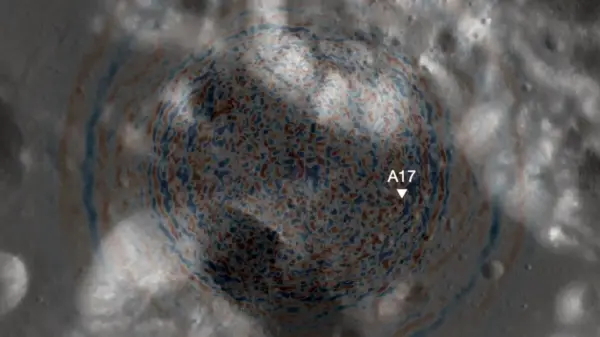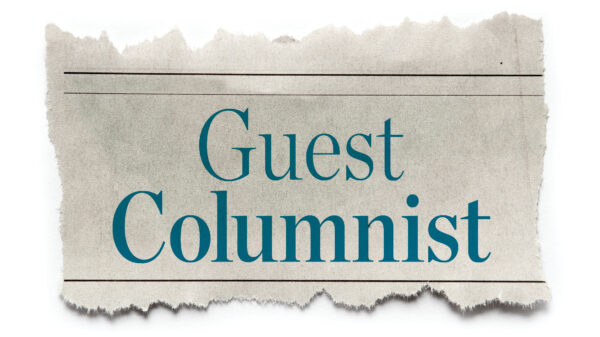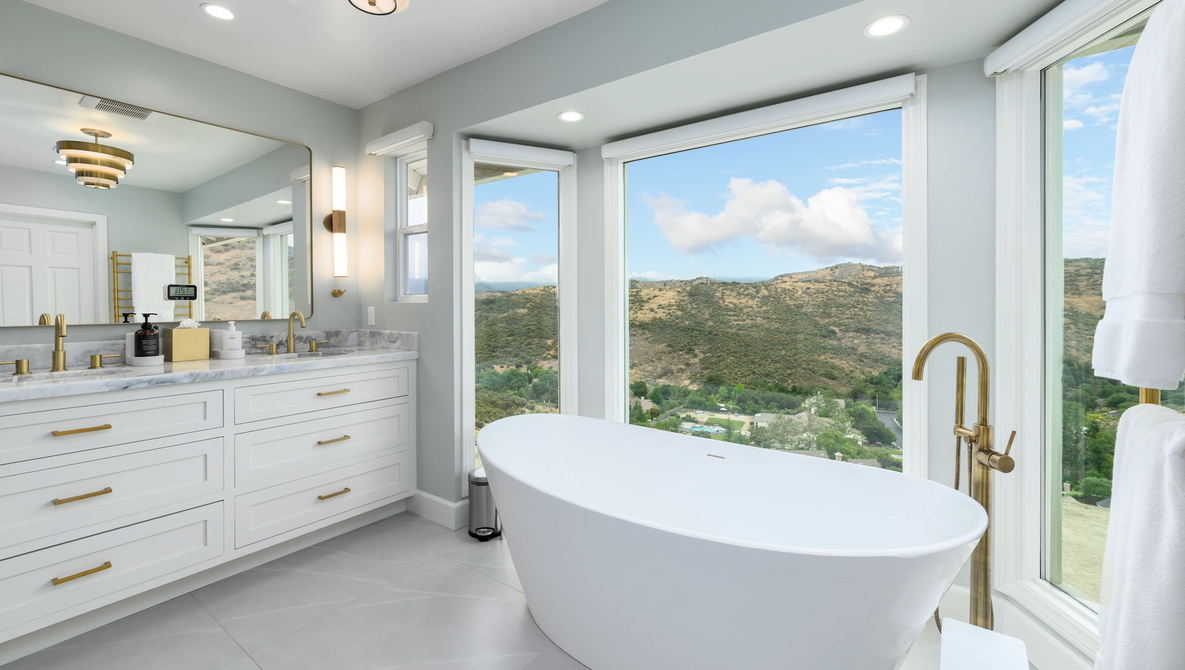Real estate photography hinges on effective composition techniques that significantly influence how a space is perceived. In a recent video from Cool, photographer Alex Cooke shares practical steps to enhance photographic outcomes for real estate professionals. The guidance begins with the importance of geometry, emphasizing the need for vertical lines to appear vertical and for the camera to be level. By utilizing a virtual horizon, photographers can refine alignment to ensure the image accurately represents the space.
Once geometry is established, the video transitions to visual flow, demonstrating how structural elements can direct attention towards key features, such as a kitchen range hood or a scenic window view. The concept of tonal flow is also introduced, where variations in contrast and brightness help to subtly guide the viewer’s eye without overwhelming them. For instance, brighter areas are used strategically to draw focus, and the rule of thirds is discussed as a helpful tool, though secondary to establishing clear visual pathways within a room.
As Cooke explains, understanding these fundamentals is essential, especially when tasked with making a modest condo feel inviting rather than cramped. Photographers are encouraged to consider the spatial dynamics of a room, allowing for quicker decision-making on site, which ultimately leads to more polished edits in post-production.
Effective Perspectives in Real Estate Photography
Cooke highlights the significance of angular perspective, which typically features two walls in the frame. This approach effectively showcases the overall space while allowing for better control over composition compared to a single point perspective. However, he warns against the potential for distortion when using an 18mm lens, where cabinets may appear oversized and sinks smaller if positioned too close. For optimal results, he advises using a longer lens, preferably 20mm or greater, to maintain natural proportions of furniture.
In contrast, the single point perspective offers a more symmetrical and refined look, with the camera positioned perpendicular to a wall. This setup requires careful alignment of vertical, horizontal, and level elements, but it yields a balanced appearance that can be particularly appealing for design clients or when photographing expansive living areas. Cooke emphasizes that even in tighter spaces, a well-executed full-frame shot can look impressive if alignment is meticulously maintained.
Framing is another technique Cooke introduces, which provides a sense of intrigue. By capturing images through doorways or architectural features, photographers can hint at a larger scene before revealing it fully in subsequent shots. While listing agents may prefer not to obscure square footage, this technique is often well-received in luxury listings, where sophistication is paramount.
Creating a Cohesive Visual Narrative
To construct a shoot that feels intentional, Cooke suggests assembling a psychological flow. Starting with an angular perspective establishes context, followed by framing shots that tease features before unveiling them. A single point view can then anchor the series, particularly in high-end properties, conveying order and value. As time allows, incorporating subtle details or vignettes can enhance the narrative, transforming the photo gallery from a mere map into an engaging guided tour.
For those looking to elevate their real estate photography, Cooke’s insights provide a solid foundation. By focusing on composition, alignment, and visual flow, photographers can significantly enhance the appeal of their images. The complete video from Cool offers a thorough guide, showcasing how these techniques can lead to greater success in the competitive real estate market.




